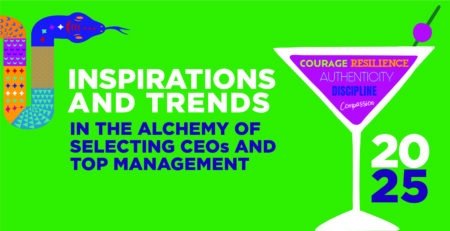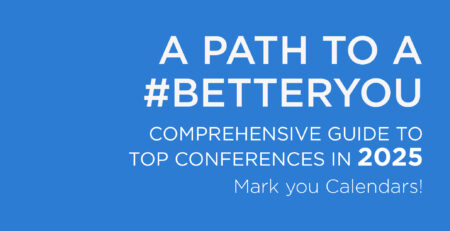What exactly is Agility?
Agility became the new buzz word and that’s why Anderson Willinger, executive search experts, prepared for you an article, followed by a video with Mr. Horčička explaining agility in business and HR.
Agile methodologies are groups of methods originally designed for software development. They enable its rapid development and at the same time they are able to respond to changing requirements during the development cycle. According to these methodologies, the correctness of the procedure will be verified only through rapid development, submission of results to the customer and subsequent adjustments according to feedback.
The term “Agile” became part of software development in 2001 in the Agile Manifesto. Previously, it was just a general English word meaning adaptive.
The year 2001 started the so-called Early market phase. At this stage, agility was mainly valued and recommended for its potential value by pioneers, visionaries, enthusiasts and innovators who worked mainly in start-ups or small teams within larger organizations.
Agile became much more aware between 2005 and 2006. For many companies, the traditional way of working, the so-called industrial paradigm, ceased to work and organizations sought functional solutions, without the need for lengthy documents and processes.
Nowadays, agility is becoming more and more aware of organizations. The agile approach is no longer limited to programming but has found application in a number of other industries, including Business Intelligence and marketing planning.
Scrum
Scrum is an agile method that supports employees in overcoming complex tasks. In programming, scrum is an iterative agile methodology used to manage product development. It defines a flexible strategy where the development team works as a separate unit and questions the assumptions of a “traditional, sequential approach” to product development.
A key principle of Scrum is understanding that during a project, customers can change their minds about what they want and need, and that unforeseen tasks and changes cannot simply be addressed through traditional planning. Scrum uses an empirical approach, according to which the problem cannot be fully understood or defined in advance and therefore focuses on the maximum ability of the team to quickly deliver and respond to new requirements.
There are three so-called “Scrum” waves
The first wave of Scrum was born out of the Agile approach in 2005-2006 and for many was an unexplored novelty. The companies faced IT problems with the delivery of various types of software, which could not be further interconnected in traditional ways, and therefore Scrum was introduced as a new software development process.
The second wave was built on the first wave, when in the years 2010-2011 after the end of the financial crisis, many companies found that the traditional way of working is very inefficient. At this time, new methods of development were created and introduced, which were nevertheless often revised, and sometimes the newly established teams were dissolved. One of the main topics was the shared need to deliver software solutions in Sprints (short time units, such as two weeks, in which part of the project is completed).
The third wave of Scrum 2016-2017 is driven by the pursuit of rhythm, focus and simplicity. Given that there are still too many organizational inefficiencies, Scrum is valued as a clearly defined and defined framework that creates a space for diversity where a range of strategies and techniques can be taken into account. The great benefit of Scrum is the ability to respond quickly to the required changes and the ability to see the results of the team’s work in a very short time.
A change of opinion of the world
Agility for many people is a buzzword and nonsense, as one of the trends that comes and goes.
Agility, in my opinion, however, is another wave that disrupts the masonry of our own inner conviction of what is and is not truth or reality.
Agility in order to function requires a major change in personal attitude and the destruction of these “truths” to which we are accustomed, because we do so and it works or the truths we adhere to, because we are afraid of what would happen without them.
The first step in agile thinking in general is to admit that even though what we firmly believe is true, it may not be true as a result and is holding us back in our further development.
Read more: Exclusive working environment is not sufficient reason to make people work for you


